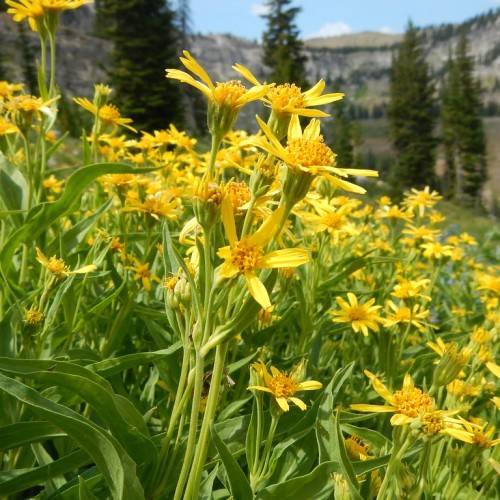
Seep Spring Arnica
Arnica longifolia
Also Known As - Spearleaf Arnica,Long Leaf ArnicaWatering:
Minimal
Hardiness Zone:
Sun:
full sun,part shade
Leaf:
Yes
Growth Rate:
Low
Salt Tolerant:
Yes
Thorny:
Yes
Care Level:
Medium
watering
Lessing's Arnica should be watered once every 1-2 weeks throughout its growing season (spring through early summer). Make sure the soil is completely dry before you water, and when you do water, give it enough to soak the root system completely. Avoid watering during midday when temperatures may be hot, instead water early in the morning or late in the evening. During winter months, reduce watering frequency until the plant enters its dormant period. Over-watering can cause root rot, so consider using a moisture-meter to check the soil before deciding to water.
sunlight
Lessing's Arnica is a plant species that requires full sunlight in order to thrive. The plant should be kept in direct sunlight for a minimum of 6-8 hours each day. During the summer months, when the days are longer, Lessing's Arnica should be placed in full sun up to 10-12 hours each day. During the winter months when days are shorter, the plant should be kept in as much sunlight as possible, though no less than 6 to 8 hours. As with all plants, Lessing's Arnica should be rotated occasionally to promote even growth.
pruning
Lessing's Arnica is typically pruned in the spring and fall for the best results. Pruning in the spring can help to encourage healthy new growth and can also help to keep the plant looking attractive and neat. When pruning in the spring, trim off any dead or weakened stems, remove any overly crowded stems, and shape the plant as desired. In the fall, prune back the tops of the stems to prepare the plant for winter and encourage bushiness. However, be careful not to prune too much so that the plant is weakened. Also take care not to prune off any flower buds that may be forming.
